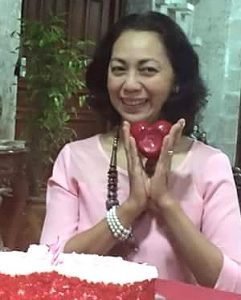The Contemporary Wood-Carved Netsuke is Japan Foundation’s newest travelling exhibition. This innovative contemporary crafts exhibition present 65 works by Japanese netsuke carvers and artists. The exhibition is from May 1 to 26, 2019 at the Ayala Malls Capitol Central in Bacolod City, and at the 3rd Level of Greenbelt 5, Phase 1 in Makati City from July 1-21, 2019.
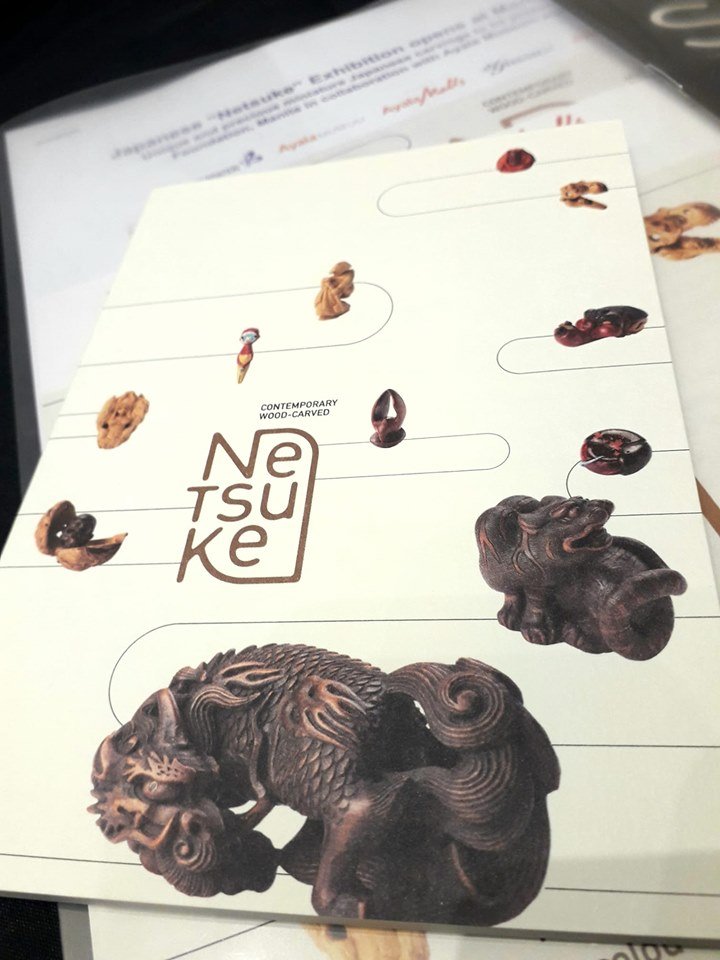
In an interview by Yours Truly of the Director of the Japan Foundation Hiroaki Uesugi on why Bacolod was chosen to exhibit the collection ahead of Makati, Mr. Uesugi answered that he is aware of the fact that Bacolod is home to many artists.

Charlie Co shows up to give support

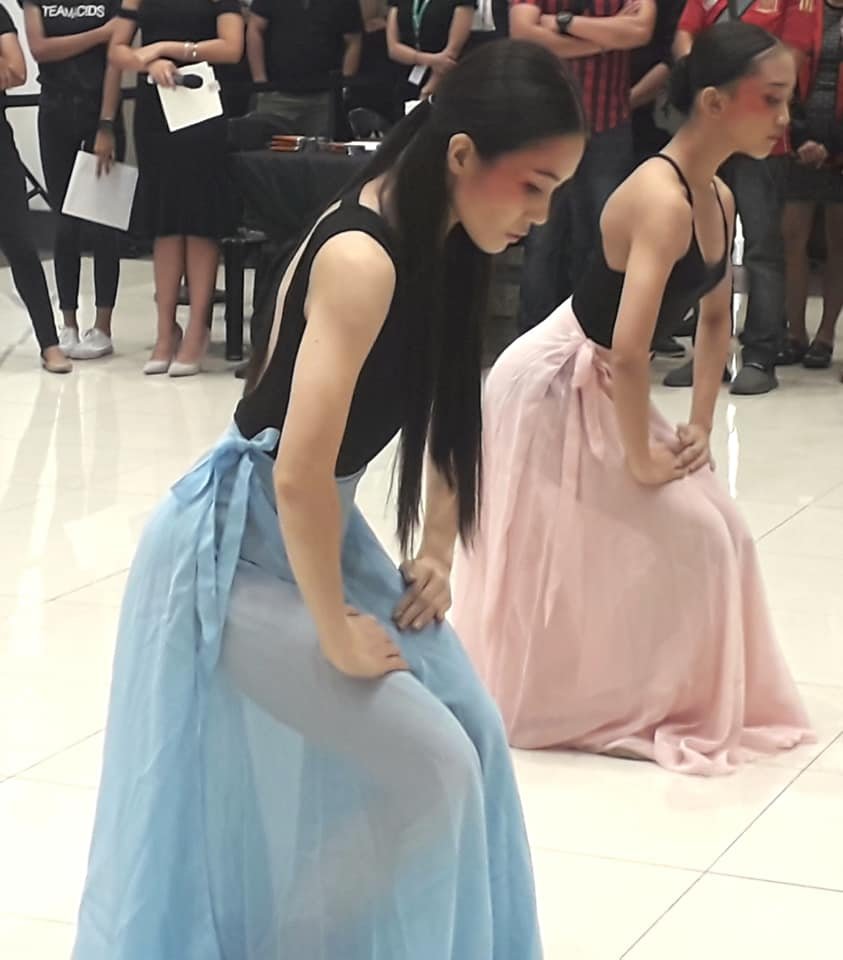
What is a netsuke?
One may wonder what a netsuke is, and why it deserves to have a special exhibition of its own. A netsuke is a small handicraft object that functions as a toggle and is attached to a cord for items to dangle from the obi (a sash worn around the kimono). Items may be pouches for money, pouches for tobacco, and the inro (a medicine container) and to prevent them from falling to the ground, the netsuke was invented to act as a hook for the obi. What started as undecorated items made of gourds or ivory slices soon evolved into miniature artwork and gorgeous artifacts of artistic value. Still, despite its evolution, a netsuke, whether of high artisanal impact still needs the basic features: two holes through which a cord is passed. What’s more, the design must be facing the right direction when the cord is inserted and when it is attached beneath the obi.

Bodhidharma. Boxwood. Hideyuki Sakurai 
Octopus Stuck in a Basket. Boxwood, acrylic, gold. Tohei Nakagawa 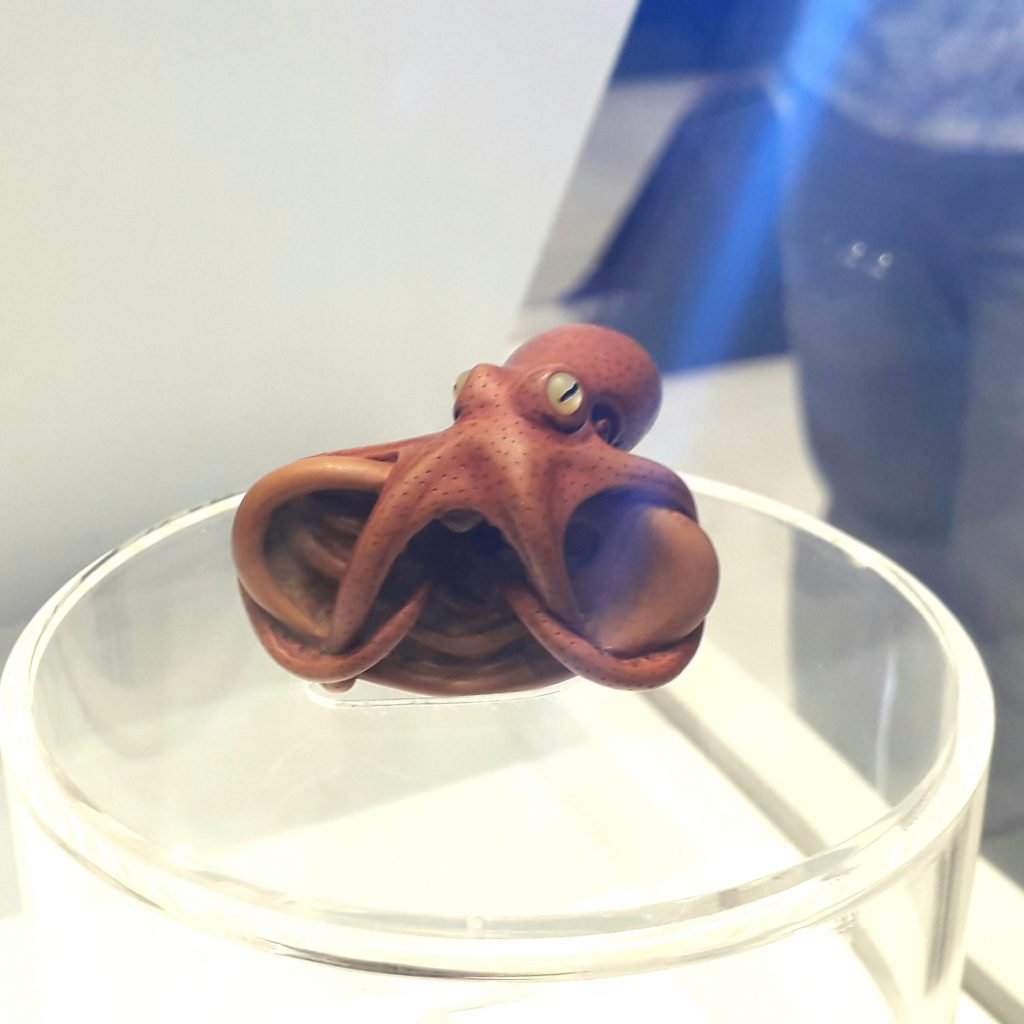
The netsukes come in various shapes – animals, masks, humans, ghosts, birds, fish, clams, orbs, among others, and are fashioned from a variety of materials – ivory, boar tusks, boxwood, clay, metal, porcelain, cane, and lacquer and even walnut, and whalebone and teeth.




Etymology:
The etymology of the word “netsuke” has two probable explanations: 1) “Ne” for “root” and “tsuketa” for “attached. 2) “Tsuketa” and “nemoto” (bottom) to mean that they were attached to the bottom of a cord.
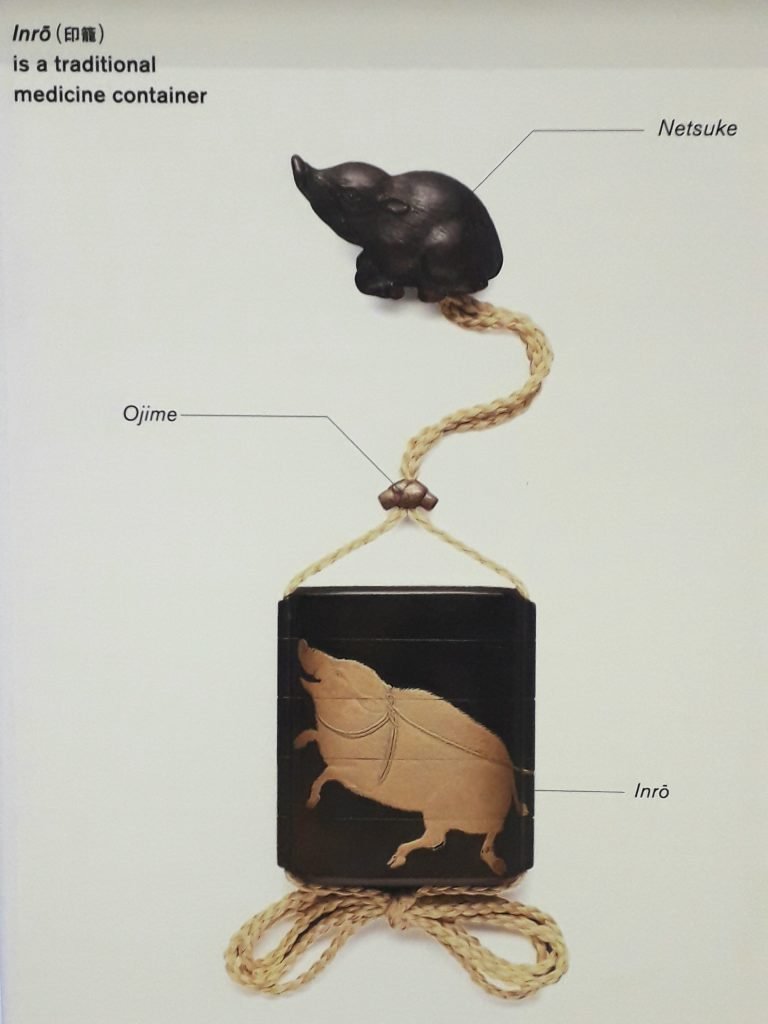
A useful diagram to understand the function of a netsuke
The netsuke especially became popular during the Edo period (1603-1868) in Japan when the kimono culture was at its height. However, the early netsukes were depicted as loops shaped like bracelets resulting in kimono wearers to have to untie the obi in order to remove the sagemono which are containers for pipes, seals, medicine, money, writing implements, and tobacco. The containers were either boxes, or baskets, or pouches.
Why did not the early Japanese just put their stuff into their pockets? Simply because the kimonos did not have pockets in the first place. It was when Western clothing (with pockets) began replacing Japanese traditional attire that the popularity and the necessity of netsuke waned.
Yet, crafting netsuke did not disappear altogether. In fact, its production increased when the ornament began to be seen as a collector’s item.
How valuable is a netsuke? In Edmund de Waal’s novel The Hare with Amber Eyes, the author tells of how his family’s collection of 264 Japanese miniature sculptures were saved by their loyal maidservant Anna by secreting them inside a mattress. These were what they had left after they lost everything to the Nazi Germans in 1938. As a member of the very wealthy European Jewish banking family the Ephrussi (a peer of the Rothschild), de Waal narrates how the netsukes were passed down to the fifth generation from 1871-2009.

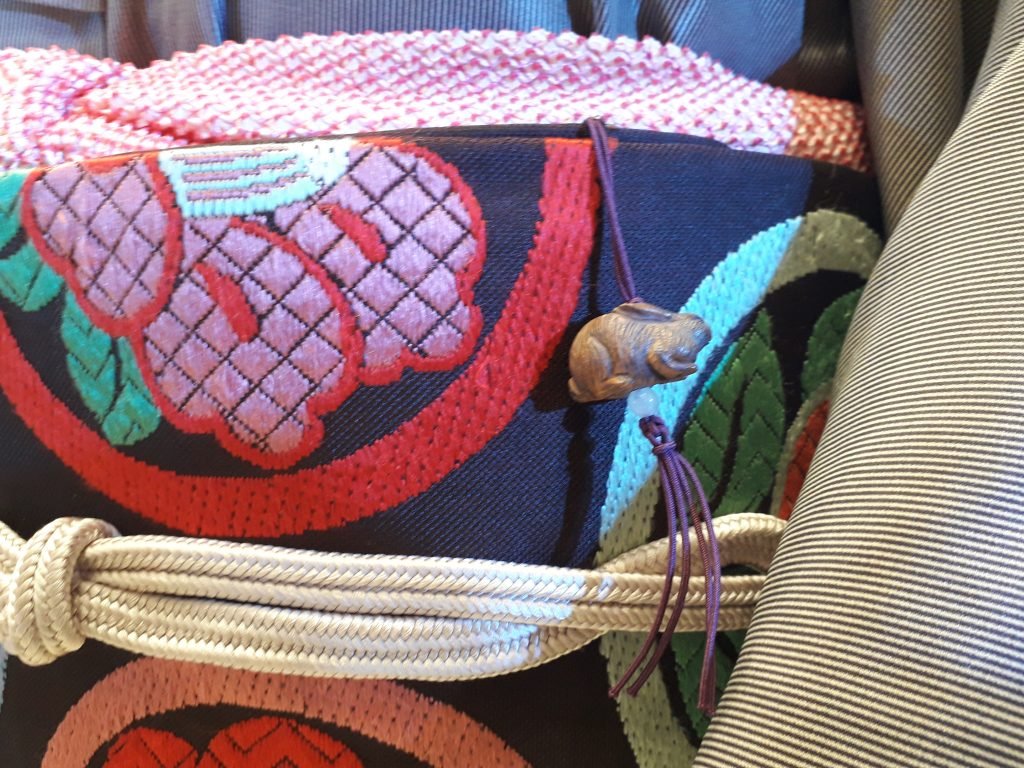
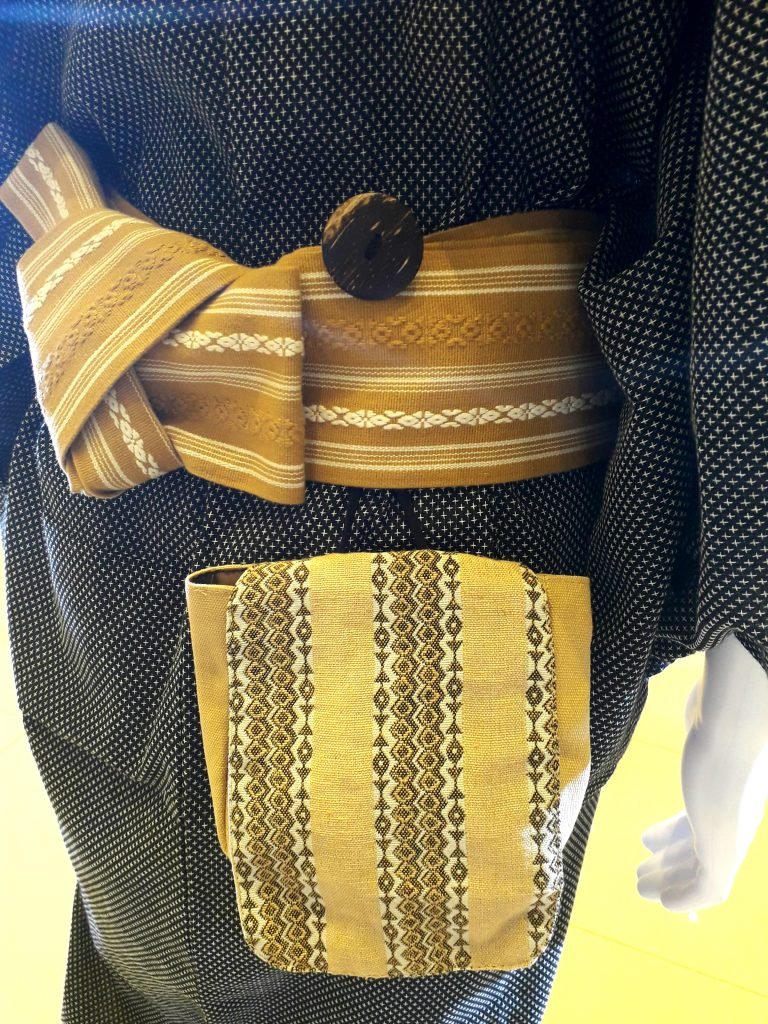

Japanese Yukata Demonstration and Workshop
The event was made even more exciting with a yukata demonstration where the audience were enlightened as to the intricacies of donning a kimono and obi. Such art! Such thoughtful art!

Adjust the length 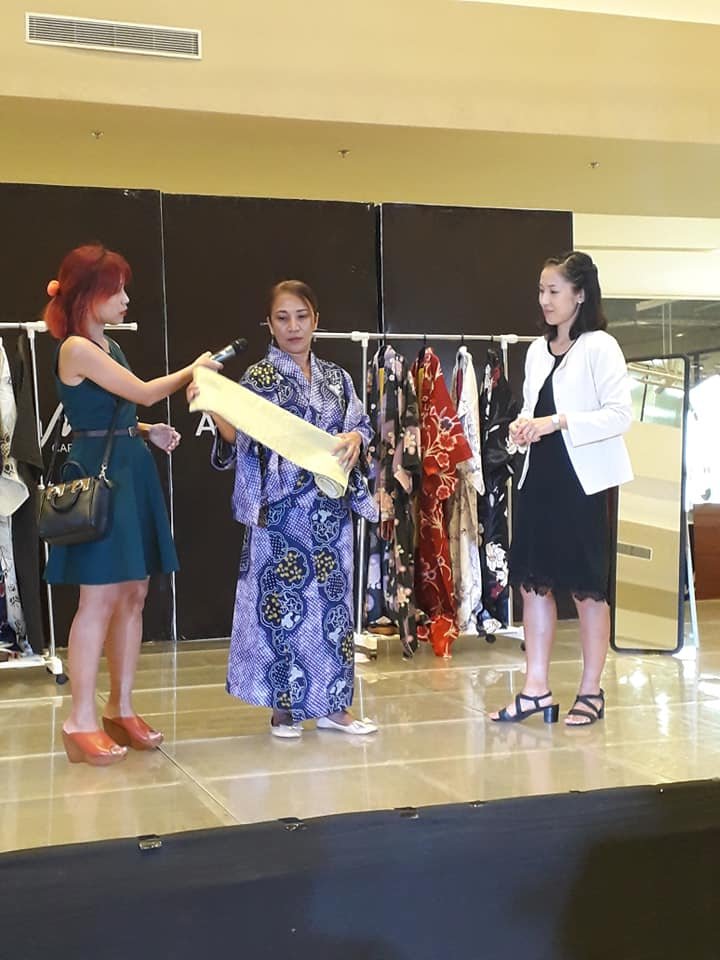
How to wrap the obi 
It is done and time to turn it around 
Just slip into a pair of clogs, and you’re done


The exhibit “Contemporary Wood-Carved Netsuke” is brought to Ayala Malls Capitol Central by the Japan Foundation, Ayala Museum, Ayala Malls, Ayala Malls Capitol Central, and the Embassy of Japan in the Philippines. Special mention is given to Lemongrass for preparing the most delicious and freshly-made spread during the exhibit opening.

